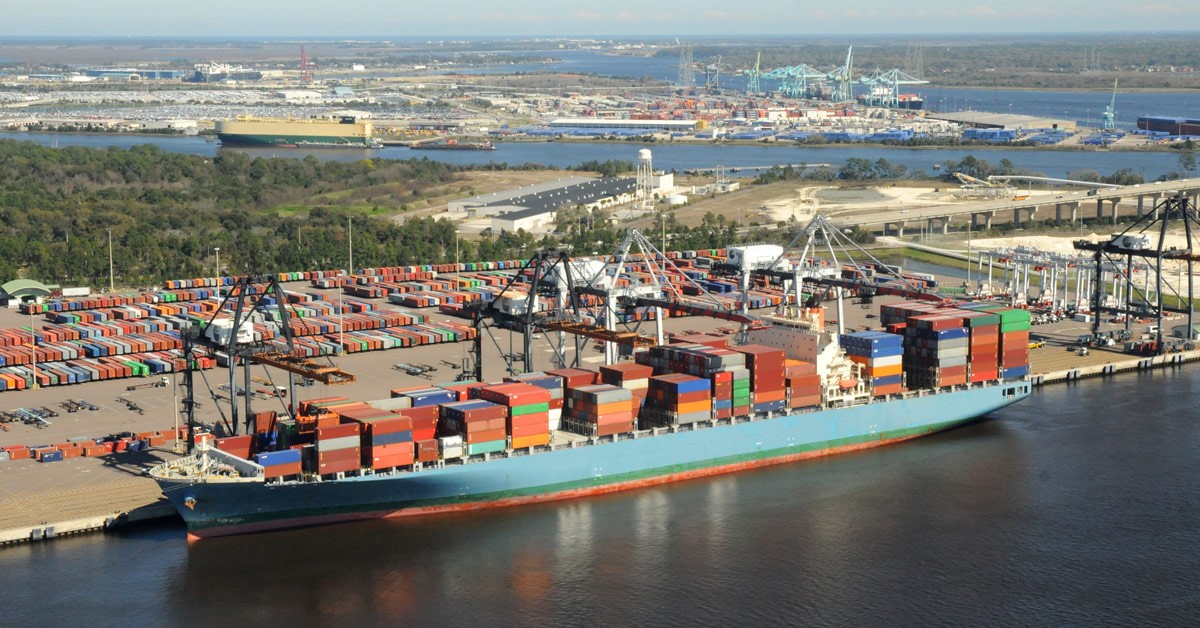
Move, make, and multiply.
The three “M’s” are the key to diversifying Florida’s economy, increasing jobs and attracting more capital into the state, Bank of America executive Doug Davidson told the crowd at the 2022 Florida Chamber Annual Meeting & Future of Florida Forum. The goal is to catapult Florida’s economy into the 10th largest in the world by 2030.
Kevin Carr, CEO of FloridaMakes, noted there are 23,606 manufacturing companies in the state that together provide 418,000 jobs, an increase of 28,500 jobs in the last year. And manufacturing contributed $65 billion to the gross domestic product (GDP) in the state.
Carr’s goal is to break into the Top 5 in manufacturing jobs in the nation. He said the state recently jumped one spot in the ranks, climbing to No. 11.
“When you look at those numbers and those growth rates, I feel pretty confident that we’re going to get there,” he told the crowd.
The state funds VISIT FLORIDA, which promotes tourism, and there is a statewide Cabinet position dedicated to agriculture. But despite the significant financial contributions from manufacturers, there is not a state agency or division in government that specifically supports the state’s manufacturing sector.
“If you go through the legislative budget, you’ll see that reflected. If you’re in agriculture, I know where to go. If you’re in tourism, I know where to go. Manufacturing, there’s no door. I had a legislator ask me that question last week,” Carr said of state government support for manufacturing. “I said they were right, there really isn’t a lot.”
But Carr said bolstering manufacturing does more than diversify the economy, it makes the state more self-reliant. He noted that during the pandemic, when there was a shortage of personal protective equipment and ventilator parts, “we turned to the manufacturing and manufacturing delivered.”
The Florida Chamber earlier this year released the Florida Trade & Logistics 2030 Study which includes strategies and recommendations geared toward increasing the manufacturing sector into an even larger part of the state’s economy.
Those recommendations include establishing a statewide, focused manufacturing initiative; closing essential workforce gaps and building a talent pipeline; strengthening trade gateways and corridors; creating a comprehensive site development program emphasizing rural areas; redesigning Florida’s economic development toolkit; and leveraging rural economic development tools to double the GDP in those regions.
Carr, Enterprise Florida Deputy Secretary Laura DiBella, and Port Everglades CEO and Port Director Jonathan Daniels participated in a panel discussion dubbed “A Roadmap for Florida to Win the Global Supply Chain.” Florida Trend Executive Editor Vicky Chachere moderated the panel.
DiBella said Florida is positioned to take advantage of the mistakes that are being made in West Coast ports in California and Washington. To date, she said the “beneficiaries largely have been Houston, Savannah and New York.” But she said those ports are now getting congested and that “there is no reason why Florida should not be capturing those markets.”
“You know, as these shippers continue to evaluate their options and look at a supply chain strategy moving forward … as far as repositioning, they’re doing it now. And they’re going to continue to do it. So now is the time for us to capitalize on this,” she added.
Daniels, who is also the Chairman of the Florida Ports Council, agreed and said Florida ports are unified in the effort to attract more business.
“Very few times do you see the ports working together like we do in the state of Florida. When you saw what was going on on the West Coast — really from Seattle/Tacoma all the way down to L.A. in Long Beach — we came together and basically came up with the strategy of going after what was occurring on the West Coast,” he said.
Since the supply chain upheaval caused by the pandemic, there has been a “118.4% year-over-year” increase in cargo container imports, according to a report called “The Seaport Mission Plan, Florida Ports: Open for Business.”
One example of a new route is the decision by Singapore-based Sea Lead Shipping and Hong Kong-based T.S. Lines to make JAXPORT the first U.S. port of call on their Asia East Coast (AEC) container service. The new port rotation will be Nansha, Ningbo, Shanghai and Qingdao in China; Busan, South Korea; Manzanillo, Mexico; Jacksonville; Charleston, South Carolina; Norfolk, Virginia; and Newark, New Jersey.
Another example includes the Mediterranean Shipping Company’s move to have the MSC Rachele stop in Port Everglades. The port has three super post-Panamax gantry cranes and one existing post-Panamax crane, making it possible to move more cargo containers across the docks from a single ship than anytime in the Port’s history.
This is the second “big fish” Port Everglades has secured in a matter of weeks. In late December, they welcomed the longest container ship to ever call the Port, MSC’s 1,114-foot-long Kotor Bay.




One comment
At all
October 30, 2022 at 8:35 am
Wow
That’s not a lot. Lol
Comments are closed.